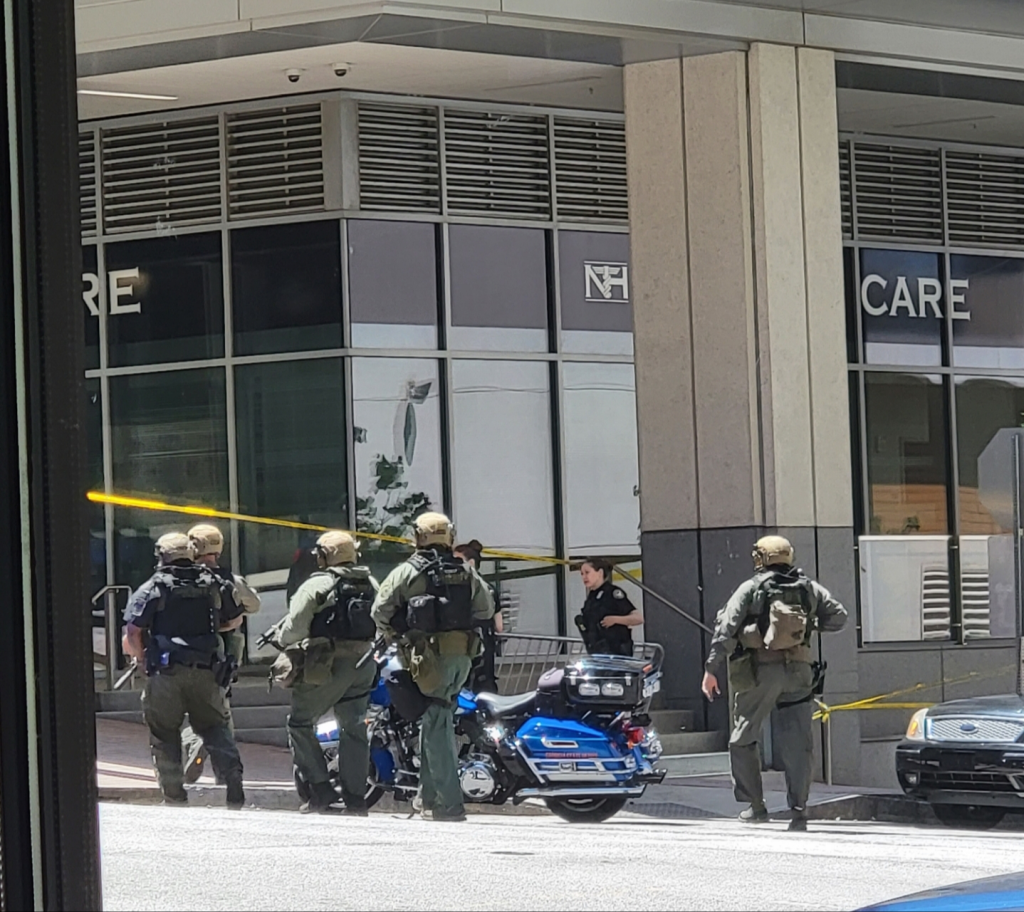
It began like any typical Manhattan rush hour until a terrifying outburst of violence disrupted the city’s routine. At 6:28 p.m. on July 28, the lobby of the 345 Park Avenue skyscraper, which houses the NFL headquarters and large financial institutions, became the site of the most lethal mass shooting in New York City in a quarter-century. What ensued was a tale of tragedy, heroism, and a city trying to find answers and heal.
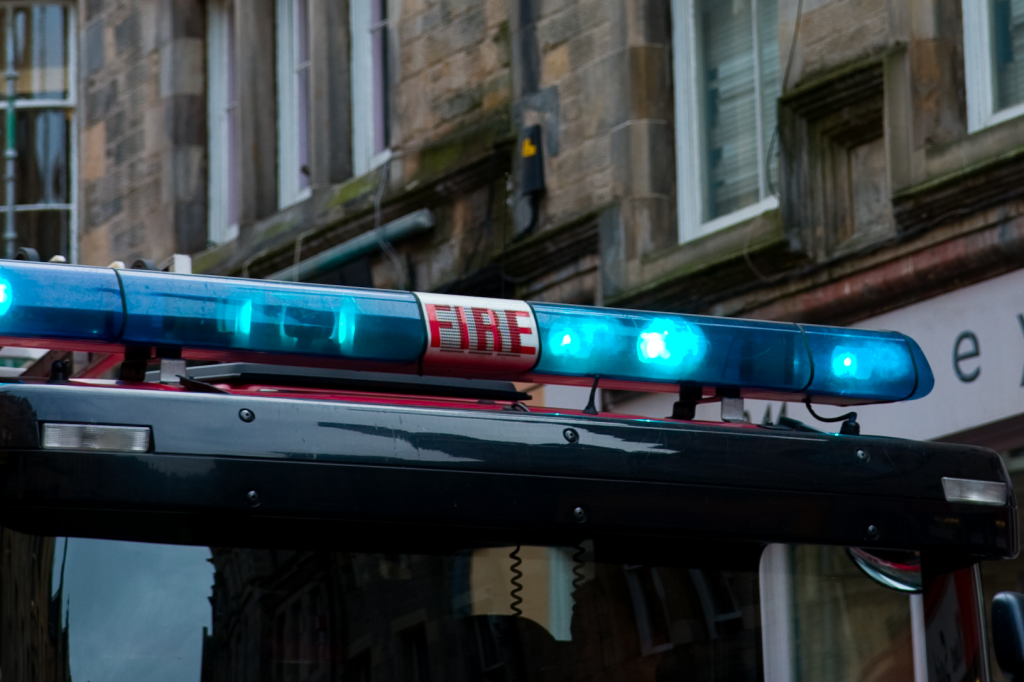
1. The Minute-by-Minute Timeline of the Midtown Attack
Video surveillance recorded a black BMW stopping outside 345 Park Ave. A man emerged, M4 rifle in hand, and walked into the lobby of the building. In seconds, he began firing at NYPD Officer Didarul Islam, who was on a paid security assignment. The gunman then opened fire on a woman trying to take shelter behind a pillar, a security guard standing his post, and another man in the lobby. According to reports, when panic broke out, the gunman stepped into an elevator, allowing a woman to escape, and took it up to the 33rd floor where Rudin Management is based where he killed another individual before turning the gun on himself. Within minutes, four were killed and five hurt, including several wounded in the attempt to escape. The site was cordoned off, with police and FBI pouring onto the scene and civilians being warned to stay away from the crowded Midtown streets.
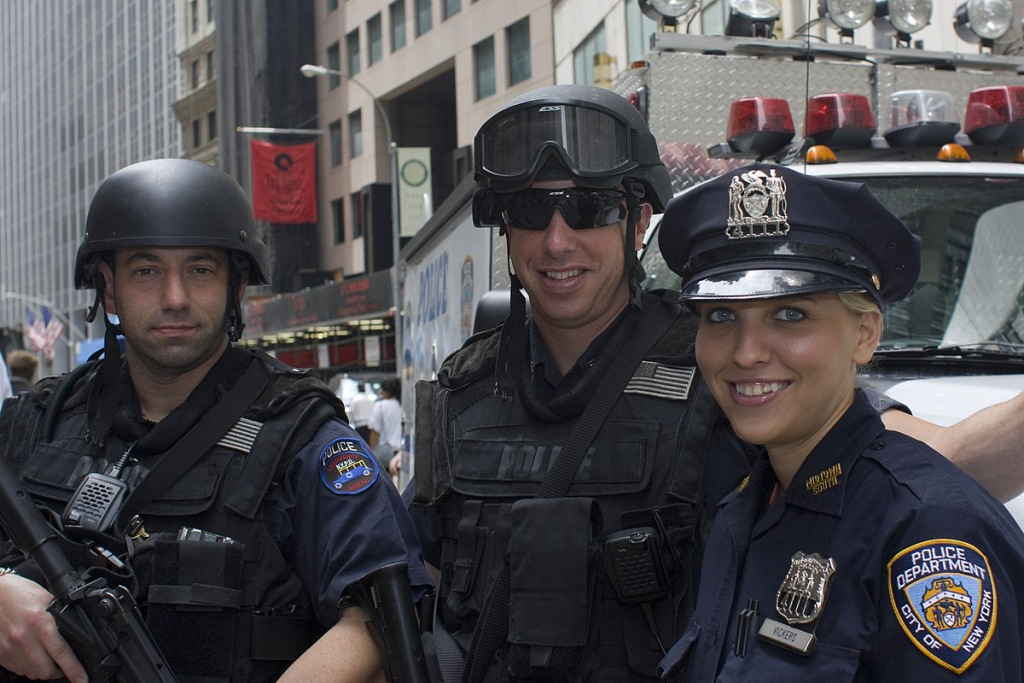
2. Officer Didarul Islam: A Portrait of Courage
NYPD Officer Didarul Islam, 36, had served the force for four years and was hailed by Manhattan Borough President Mark Levine as “the best of our city.” Islam, an immigrant from Bangladesh, was a dedicated father of two with a third child on the way. Mayor Eric Adams made the following statement: “He was doing the work that we requested him to do. He put himself in harm’s way. He gave the ultimate sacrifice, killed in cold blood, in a uniform that represented the pledge that he took to this city. He died like he lived, a hero.” Islam was well known in his Bronx neighborhood as a mentor and pillar of hope, a person who “wanted to leave behind a legacy for his family, something they could be proud of,” said Marjanul Karim, a mentee and friend. NYPD officers stood along the street to pay their respects as Islam’s body was escorted to the hospital, and flags throughout the city were lowered in respect. He was remembered for his warmth, dedication, and the legacy that he leaves.
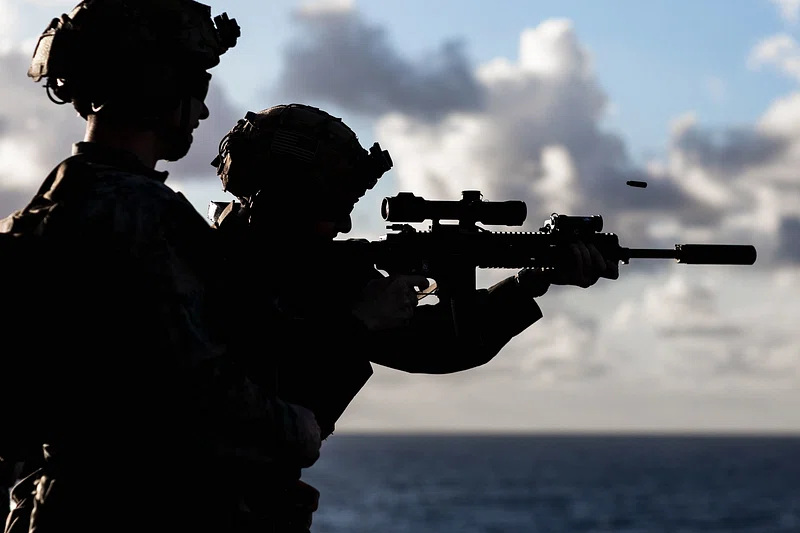
3. The Suspect: Shane Tamura’s Troubled Career
The gunman was 27-year-old Shane Devon Tamura, a former Las Vegas competitive football player. Tamura was licensed to carry a concealed firearm in Nevada and had a “documented history of mental health,” NYPD Commissioner Jessica Tisch said. Detectives discovered a note in his pocket stating he had chronic traumatic encephalopathy (CTE), a brain condition associated with repeated blows to the head, and that the NFL had done this to him. “He had a note on him. The letter hinted that he believed he had CTE, a recognized brain damage for people who play contact sports,” said Mayor Adams. Tamura’s vehicle, double-parked on the street, held a case for a rifle, loaded revolver, ammunition, and prescription pills. His cross-country trip from Las Vegas to New York was methodically monitored, with stops in Colorado, Nebraska, Iowa, and New Jersey, before reaching Manhattan hours before the attack. Classmates from his high school football team called him a “goofball” and “not a problem at all,” so the violence was that much more mystifying.
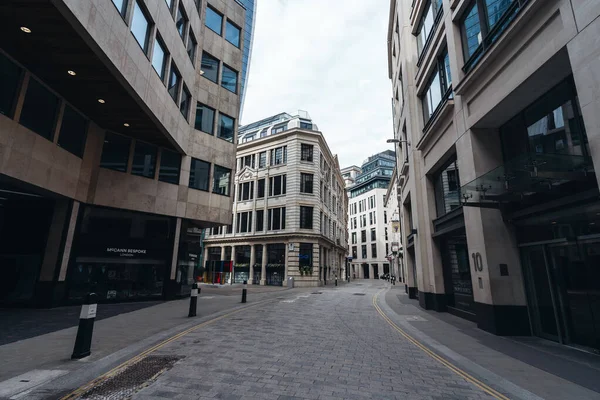
4. Inside the Building: Fear, Lockdowns, and Survival
When gunfire erupted, employees in 345 Park Ave. scrambled for cover. Jessica Chen, who was on the second floor with approximately 150 people, told of the panic: “We heard several shots go off in rapid succession from the first floor, and a lot of us just ran into the room. Some exited out in the back door, out onto the street. Other individuals, myself included, we burst into the conference room and then finally barricaded the tables on the doors and just remained stationary.” She messaged her parents, “I love them.” The experience was reminiscent of active shooter drills that many Americans now know all too well. Security and law enforcement in the building were lauded for their courage and swift action.
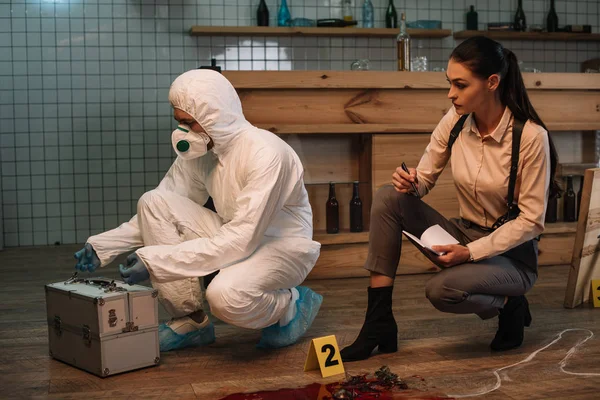
5. The Investigation: Motive, Mental Health, and Security Questions
Authorities are still investigating the motives of Tamura. Though his note directed suspicion toward dissatisfaction with the NFL and potential CTE, police insist a diagnosis of CTE can be made definitively only posthumously, and nothing has yet been confirmed to prove he had the disease. Investigators are also investigating how Tamura was able to enter the building, which generally requires a badge or security clearance. The fact that there was an arsenal in his car and he traveled across the nation causes one to wonder about warning signs and intervention. The FBI and NYPD continue to study evidence, with no proof of accomplices or continued threat.

6. Coping with the Aftermath: Psychological Strategies for NYC Residents
Following such trauma, it’s natural to feel shaken, nervous, or even outraged. “You can find that you sleep poorly, can’t concentrate, eat less than usual, or can’t recall even simple things. This is normal and should subside within a while,” says advice from the American Psychological Association. Specialists advise discussing your emotions with supportive loved ones or relatives, working towards equilibrium by dwelling on favorable events, and avoiding excessive exposure to upsetting news. Having regular meals, sleep, and sport can restore a sense of normalcy. For those having a hard time with overwhelming reactions, professional help is open to them, and asking for help takes strength, not weakness. Kids and adolescents might respond differently, so honest talks and reassurance are particularly critical for families.

7. Building Safer Workplaces: Active Shooter Preparedness
Such incidents highlight the need for workplace safety measures. Most offices now engage in active shooter exercises and rehearse emergency procedures. Experts recommend familiarity with all exits, compliance with directions from security or law enforcement, and rehearsing “run, hide, fight” tactics. Businesses are urged to create an environment where workers are encouraged to report suspicious activity and provide mental health services to employees. Ongoing training and open communication can be the difference in times of crisis.
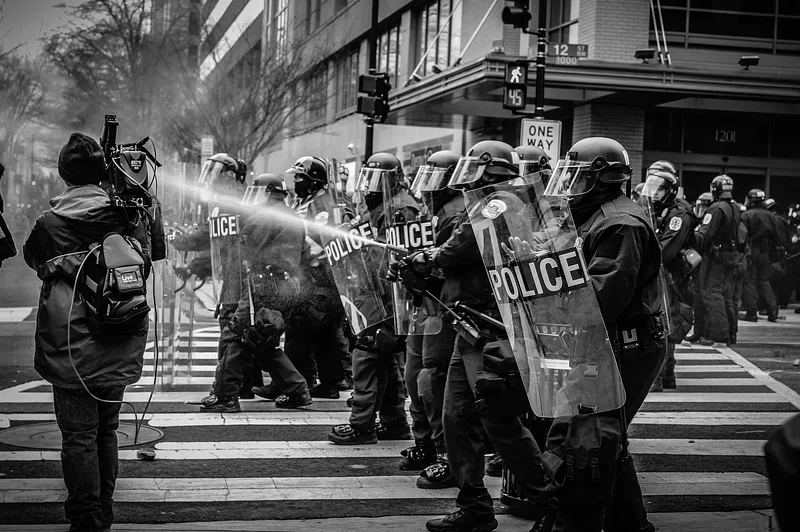
8. Community Resilience: Healing Together After Urban Violence
New York City’s greatest asset has always been its people. After disaster, community solidarity is a lifeline. “Over time, the loving support of family and friends can decrease the impact of the emotions and make in the end the resulting changes more manageable,” advises guidance from trauma experts. Efforts such as the NYC Collaborative to Transform Violence unite residents, practitioners, and organizations to confront violence, heal, and create new paths forward. Doing good for others whether through giving, volunteering, or just visiting with neighbors can be an effective mechanism for working through grief and finding a sense of agency again.
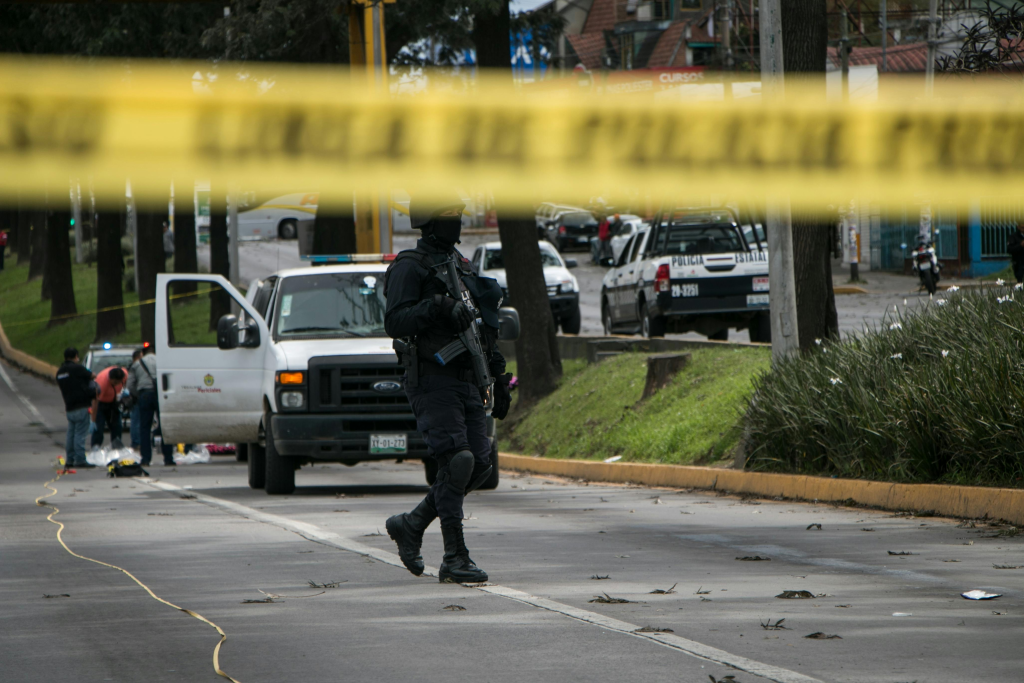
The city’s ride through this crisis is by no means over, but as New Yorkers have proven again and again, resiliency and sympathy illuminate the path through even the bleakest days.


